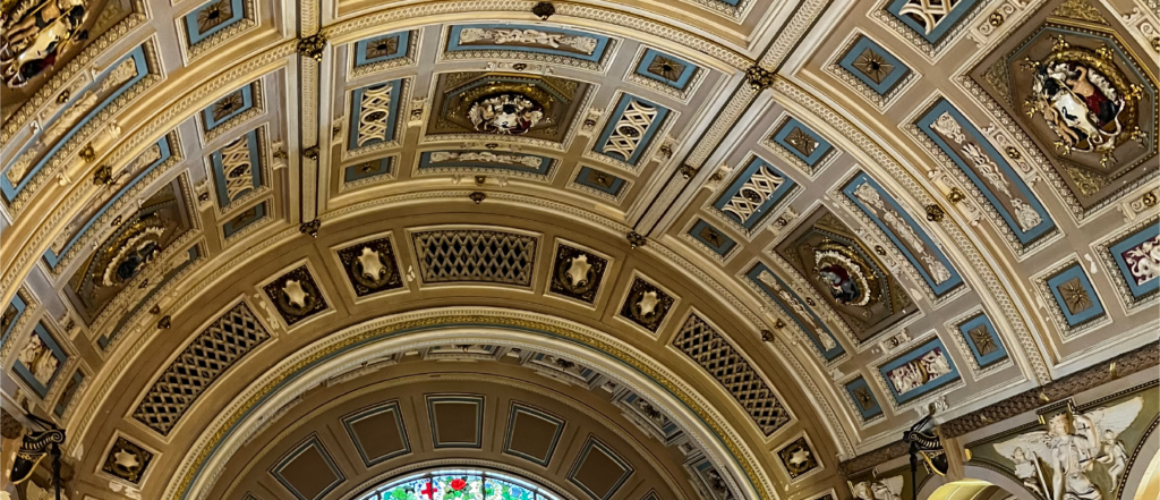The Benefits of Restoring Decorative Ceilings in Historic Buildings
Situated across the UK, hundreds of wonderfully historic buildings have played a part in shaping our culture. Throughout history, buildings, such as St George’s Hall and Lyme Hall, have played an important role. Most historic buildings are still standing, which means we should treasure them and share their history. However, many historic buildings have been the subject of extreme weather, abandonment, lack of money or just poor management, meaning they have fallen into disrepair.
Our team at RSTA Gooden specialise in the restoration and conservation of historic buildings, ensuring that they are repaired to a very high standard and remain prestigious. But, why is it beneficial to restore historic buildings? We have put together some benefits of restoring certain aspects, including decorative ceilings.
Historic Value
Historic Buildings tell us about the past; they also have an educational value as they inform us of the lives people lead in stately homes such as Speke Hall. For example, Speke Hall in Liverpool has a Jacobean ceiling. It has been called a magnificent plaster ceiling, dating from 1612 and is made of fifteen panels that are each quite different, depicting the shapes of fruit and nature.
Architectural Importance
The unique architecture and design used on many historic buildings across the country allow us to experience things we would have never seen before. For example, the gothic feel of a medieval castle, the grandeur of concert rooms or great halls like St George’s Hall. It is a graceful building that came with many firsts; it had the largest barrel-vaulted ceiling. The ceiling is exceptionally ornate; it also carries a breath-taking 2,824-piece chandelier.
Showcases Quality Construction
Many historic buildings have been built with much better-quality materials in comparison to the materials used in our builds today. Historic Buildings are dependable, sturdy and often much more robust than modern-day structures. For example, Lyme Hall in Stockport is part of the National Trust; our team at RSTA Gooden faithfully restored Lime Pointing within the building to its original glory. By using quality materials, we ensured the building looked as authentic as it did when it was first built.
A Chance To Preserve The Past
Historical building restoration is needed to preserve the past; otherwise, there wouldn’t be any historical buildings left to showcase our history or culture. Having a historic building demolished or leaving it to fall into disrepair will mean an important part of history is lost forever. The restoration work we undertook on Cholmondeley Castle in Cheshire now means that we have been able to preserve the past. The castle was built in the early 19th century; with age comes damage, but we repaired damaged lath and plaster ceilings, reversed mould enrichments, repaired cracks in the walls using lime plaster for authenticity.
When you look at the beautiful historic building restoration projects our team have been involved in, you can see just why it’s important to undertake historic building restoration. At RSTA Gooden, we work with and alongside some of the largest commercial construction companies and highly skilled master craftsmen on some of the UK’s most famous, historic, prestigious buildings.

